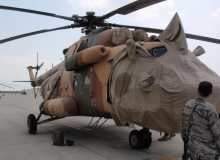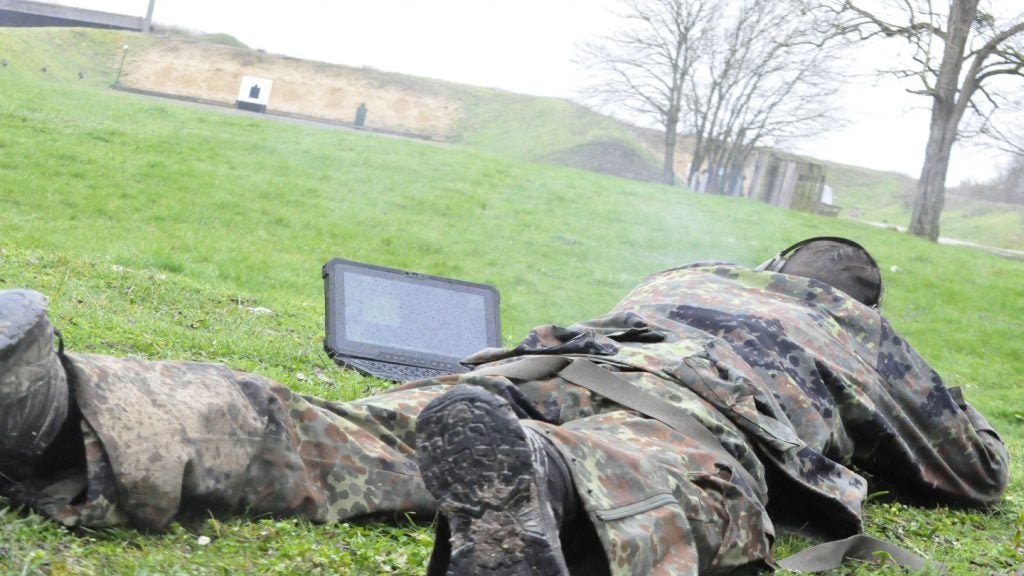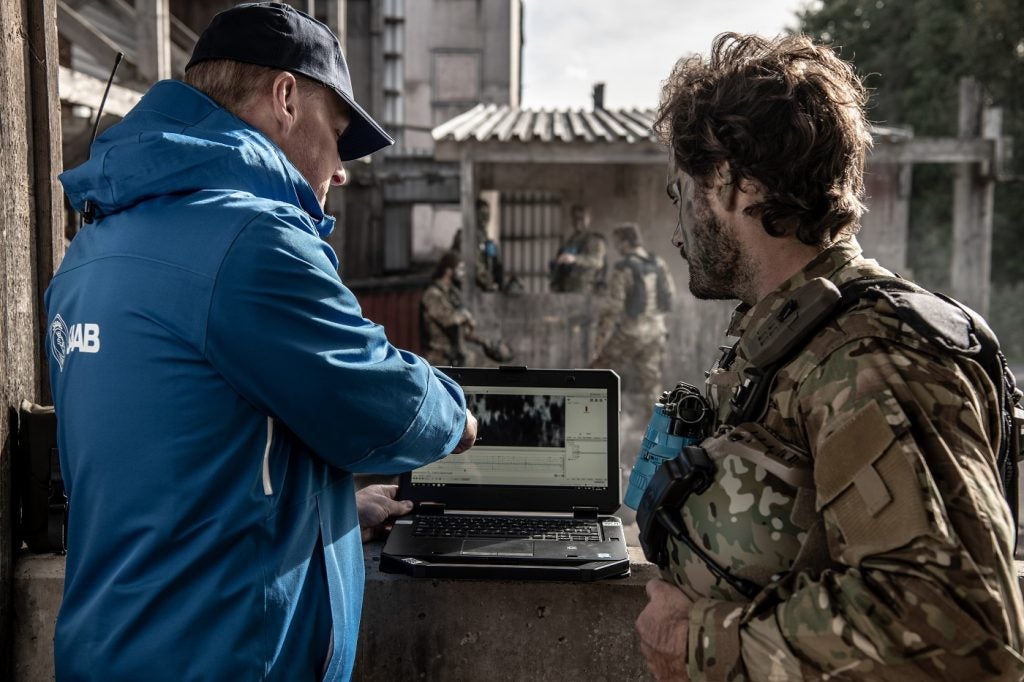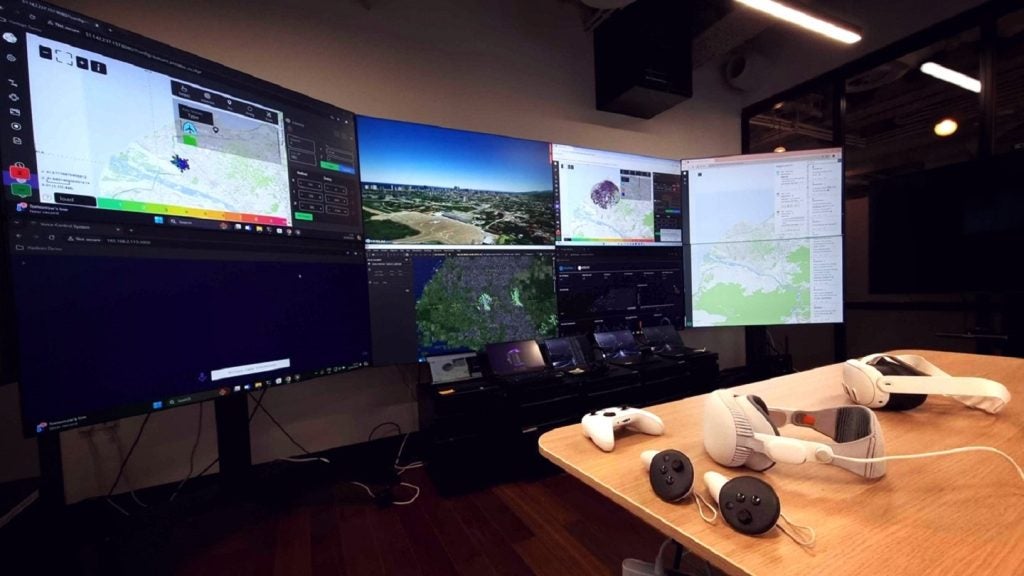
Virtual reality and simulation in military training has come a long way with immersive and real-life computerised environments commonly used to prepare soldiers and pilots in-training.
Be it in the air, on land or sea, simulation can take soldiers to an almost infinite number of virtual but life-like battlefields and scenarios to train them for specific needs of individual missions.
The global market for military virtual simulation has soared in recent years, as defence forces aim to provide first-class training for their troops at the same time as cutting their costs. In a report published in August 2011, independent market research firm Visiongain estimates the sector will reach $8.75bn in 2011 and expand considerably over the next ten years.
With the Program Executive Office for Simulation, Training & Instrumentation (PEO STRI) based in Florida, the US Army is one of the leading providers of simulation, training and testing capabilities. In their most recent move, the centre ordered several flight simulators from US-based Fidelity Technologies in a deal worth $16.7m in June.
Once delivered, the training simulators will help prepare the Afghan National Army (ANA) for a transition of security responsibilities as the US and its counterparts prepare to withdraw troops from the region.
See Also:
Here, the company’s president Dave Gulati talks about the tremendous steps technology has taken in recent years, how the simulators will help facilitate the operations in Afghanistan and the overall impact of virtual reality and simulation on the training of armed forces, both today and in the future.
How well do you really know your competitors?
Access the most comprehensive Company Profiles on the market, powered by GlobalData. Save hours of research. Gain competitive edge.

Thank you!
Your download email will arrive shortly
Not ready to buy yet? Download a free sample
We are confident about the unique quality of our Company Profiles. However, we want you to make the most beneficial decision for your business, so we offer a free sample that you can download by submitting the below form
By GlobalDataElisabeth Fischer: How will Fidelity’s simulation trainers assist the transition of security responsibilities to the Afghan National Army?
Dave Gulati: We are providing five simulators for use in Afghanistan, including the MI-17 flight training device (FTD), the G-222 FTD, G-222 basic aviation training device (BATD) and the G-222 fuselage load trainer (FLT). These simulators use actual fuselages exactly like the helicopters and aircraft in the country.
All the gauges and flight instruments are tuned exactly like the aircraft in-flight. We use custom-LED projectors to present the clearest image in the field. All the simulators use the latest in multichipset gaming motherboards and all the simulators have a custom-controlled loading system tuned to the mathematical model of the aircraft.
This allows the pilot to have the exact feel and look of flying in Afghanistan. We can provide a geo-specific terrain database, which uses actual imagery obtained from the National Geospatial-Intelligence Agency.
We can also integrate imagery from 23 airports in Afghanistan to provide the most realistic view to the student. Basically, with this technology students can fly from Kabul to Kandahar, or any airfield for that matter, using the same visual reference they would use while they’re actually flying the real aircraft.
These simulators will help train Afghan war fighters in support of the Combined Security Transition Command. Sufficiently trained Afghan pilots are critical to enabling Afghanistan to assume greater responsibilities as the U.S. and its counterparts prepare to withdraw troops from the region.
EF: The simulators ordered by the US Army are all for flight training. Why?
DG: We’ve seen that in this industry the high-end tactical assets such as aircraft tend to require simulation solutions very early in the implementation because the cost per hour of the fielded devices is relatively high, not to mention the current operational tempo in which they’re being utilised.
That being said, there’s a much higher understanding of the need for scenario rehearsal rather than just part-test training simulation, which has caused the increase in simulation areas outside of aviation as well. I think the further that technology brings us on the battlefield and the more advanced the war fighter becomes, whether it’s in the air, land or sea, the higher the demand of simulation will be across the board.
EF: What have been the biggest developments in virtual training and simulation in recent years?
DG: In recent years, simulation and virtual training have taken tremendous steps into levels of realism that has not been seen before.
The immersed environments take on a truer feel of actual mission environments every day with rapid advancements in both hardware and software that drive the systems.
In addition, with Fidelity as a good example, there are more and more veterans and ex-military personnel who are entering into the industry and being able to give back and provide a subject-matter expertise by providing stronger industry, understanding the actual training requirements being met by simulation. This really gives a voice from the end-user that has never been louder.
EF: How do you test your simulators and training equipment?
DG: We have a very long standing relationship with the US Army as the pioneers and providers for joint fires training.
Our training systems have evolved from part-task indirect fires training modules to full-spectrum training environments, which are designed to support current and future operations.
Both the US Army and Fidelity, through offices like PEO STRI, have been partners to deliver systems ranging from entry level instruction-based programmes to full immersion environments, which are suitable for teams or classrooms of up to 30 personnel.
One of the most well-known programmes is the ‘Call for Fire Trainer’.
That supports the entire range of the join fire observers and forward observers simulation curriculum, through specified training modules, simulated military equipment, advanced skills training and mission readiness rehearsal.
EF: Can virtual training be a replacement for real-life training?
DG: Absolutely, without question it can be used as a substitute. Virtual training allows the student to practice a situation they would never be able to practice in real-life without training.
The use of simulation and virtual constructive training environments has allowed soldiers to train past previously established limits. Many training environments can only conduct parts of the task being demonstrated because of the high risk to the trainee when dealing with aircraft, ammunition and explosives.
The environments created in a virtual world allow the soldiers to push past traditional training limits without the risks to themselves, others and assets.
This drastically increases an individual’s and a unit’s readiness to conduct a mission they are assigned to. For example, in the Afghanistan contract that we have, our flight trainers have dozens of emergency procedures built-in to allow the student to practice engine flame-outs, aircraft fires and other conditions that would not be safe to practice on a real aircraft, and also virtual simulation is much cheaper to use and it allows for learning by repetition.
Furthermore, with the growing integration of various skill training devices, live virtual mission rehearsal and real-time kill removal war-game scenarios are the way of the future.
EF: Would you say training programmes such as the one in Afghanistan are at risk if defence budgets are cut?
DG: If the defence budget is cut there will certainly be cuts across simulation and training. Probably the biggest risk to the simulation and training industry is in the reduction in troops.
There would be less recruitment of troops who need training and therefore the number of training devices required would be reduced accordingly.
Simulators can range from part-task trainers that cost hundreds of thousands of dollars all the way up to full-flight motion based trainers that can cost millions of dollars. So it really is a wide scope of paying for training devices.







